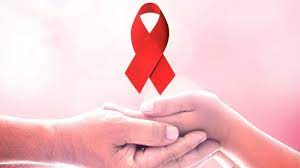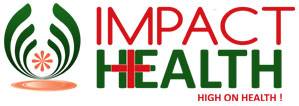AIDS must know these things about the deadly disease
HIV/AIDS is a deadly disease that has affected millions of people worldwide. It is a complex virus that attacks the immune system, making it difficult for the body to fight off infections and diseases. HIV is the virus that causes AIDS, which is the final stage of the disease. It is crucial to understand the difference between HIV and AIDS and how the virus spreads to prevent new infections.
In honor of World AIDS Vaccination Day, let us learn more about this disease and the importance of raising awareness and taking preventative measures.

What is HIV/AIDS?
HIV/AIDS is a viral infection that attacks the immune system, leading to progressive immune deficiency. HIV infects the body's white blood cells, specifically CD4+ T-cells, which are crucial in fighting infections. The virus replicates within these cells, leading to their depletion and eventually causing immunodeficiency. This results in an increased risk of acquiring opportunistic infections, cancers, and other diseases.
How Does HIV/AIDS Spread?
HIV is primarily spread through unprotected sexual contact with an infected person, sharing needles or other injection equipment with an infected person, and from mother to child during childbirth or breastfeeding. The virus can also be transmitted through blood transfusions or organ transplants, although this is rare in most countries due to screening procedures.
HIV and AIDS: Understanding Differences
HIV and AIDS are not the same. HIV is the virus that causes AIDS, and it attacks the immune system over time, leading to AIDS. AIDS, or acquired immunodeficiency syndrome, is the late stage of HIV infection when the immune system is severely compromised, and the person is at high risk of developing opportunistic infections and cancers. The diagnosis of AIDS is based on the presence of specific infections or cancers and a low CD4+ T-cell count.
Prevention of HIV/AIDS
Prevention is crucial in the fight against HIV/AIDS. There are several effective prevention strategies available, including condom use, pre-exposure prophylaxis (PrEP), and post-exposure prophylaxis (PEP). Condom use is the most effective way to prevent the sexual transmission of HIV. PrEP involves taking medication daily to prevent HIV infection in people who are at high risk. PEP involves taking medication after a potential exposure to HIV to prevent infection. Additionally, education and awareness programs are essential in reducing stigma and discrimination associated with HIV/AIDS.
Let us continue to raise awareness and work towards ending the stigma associated with HIV/AIDS.
